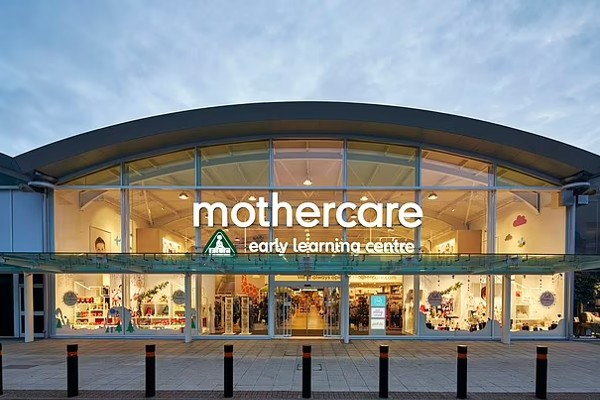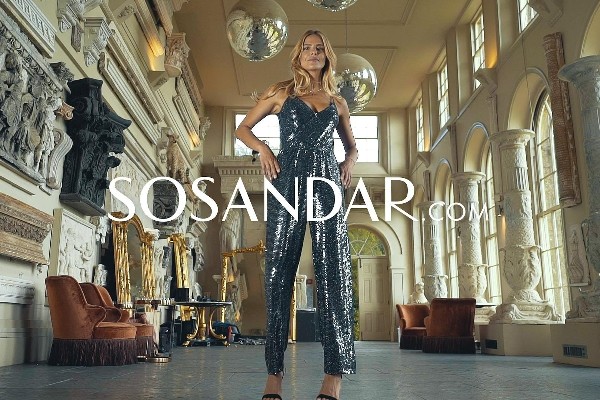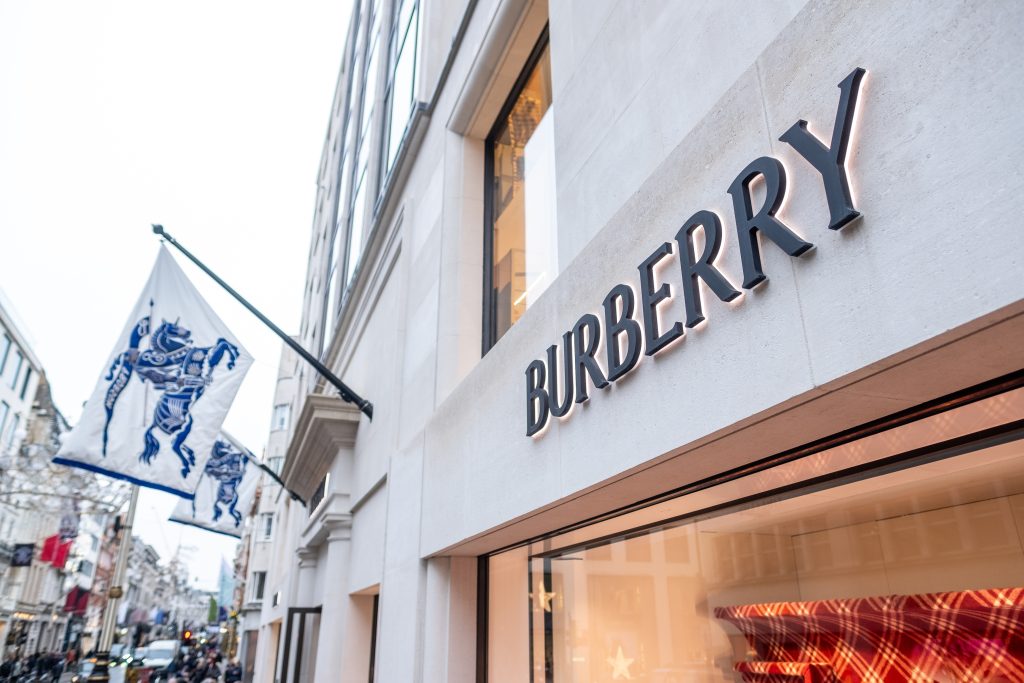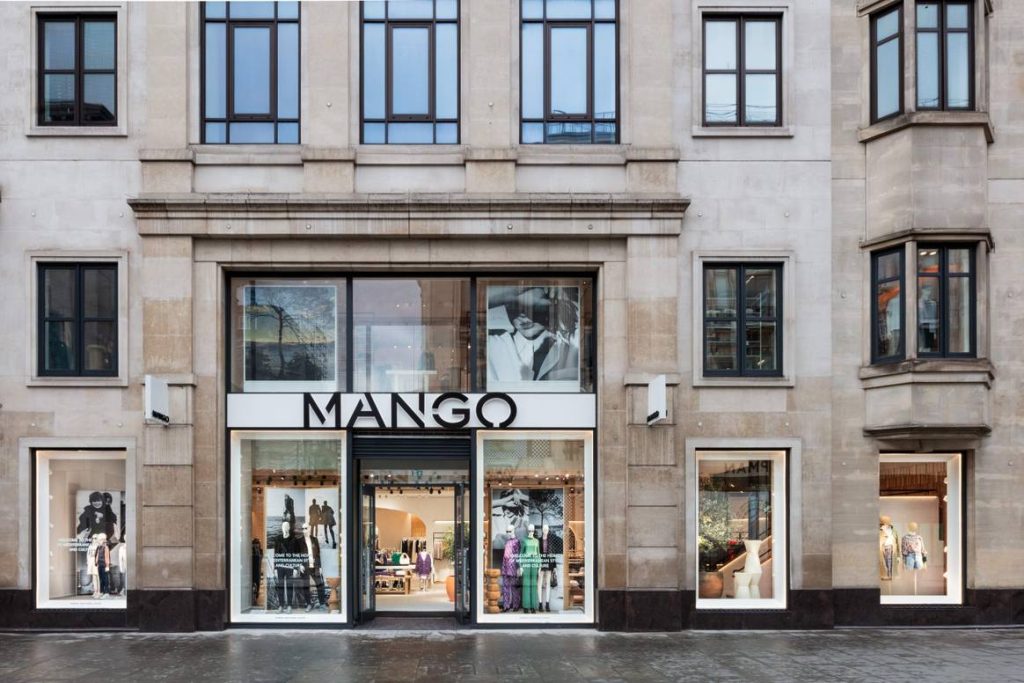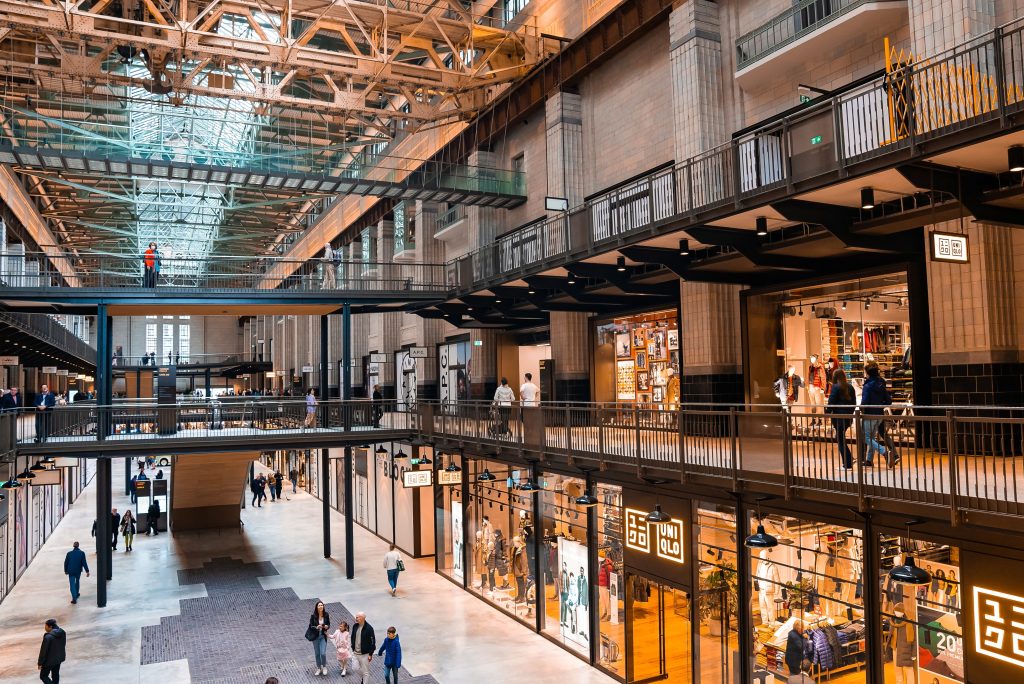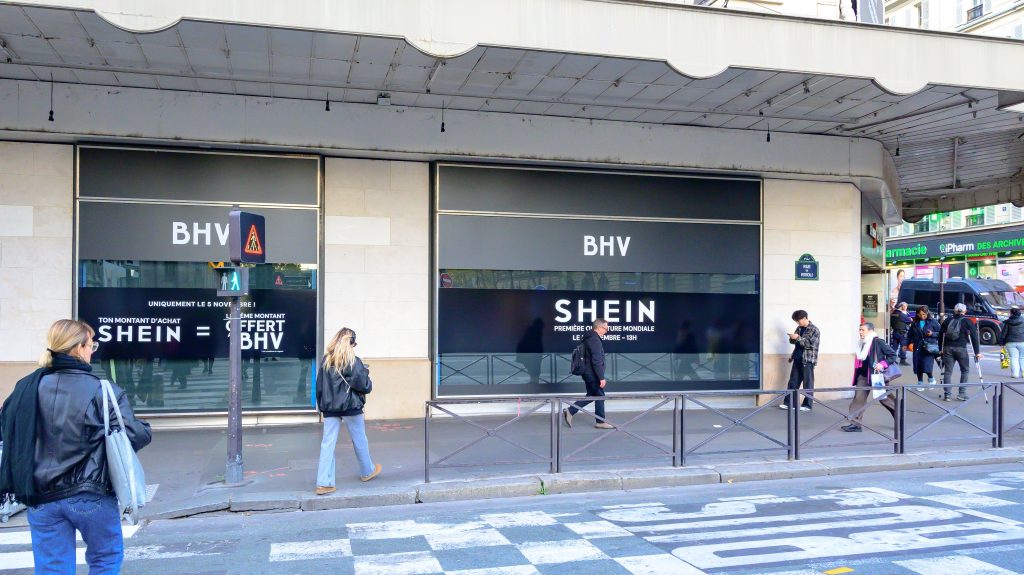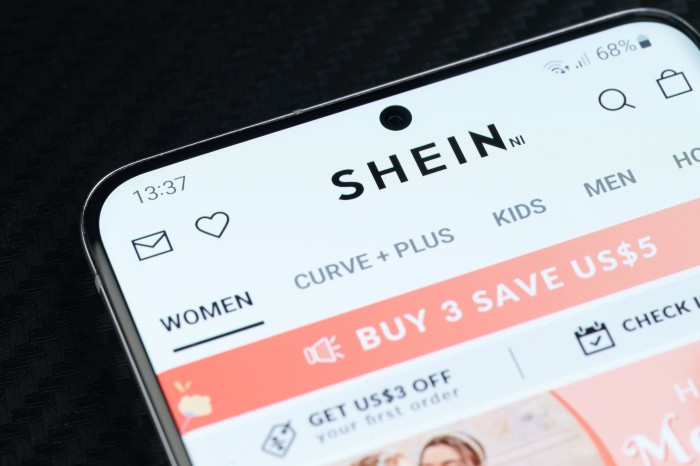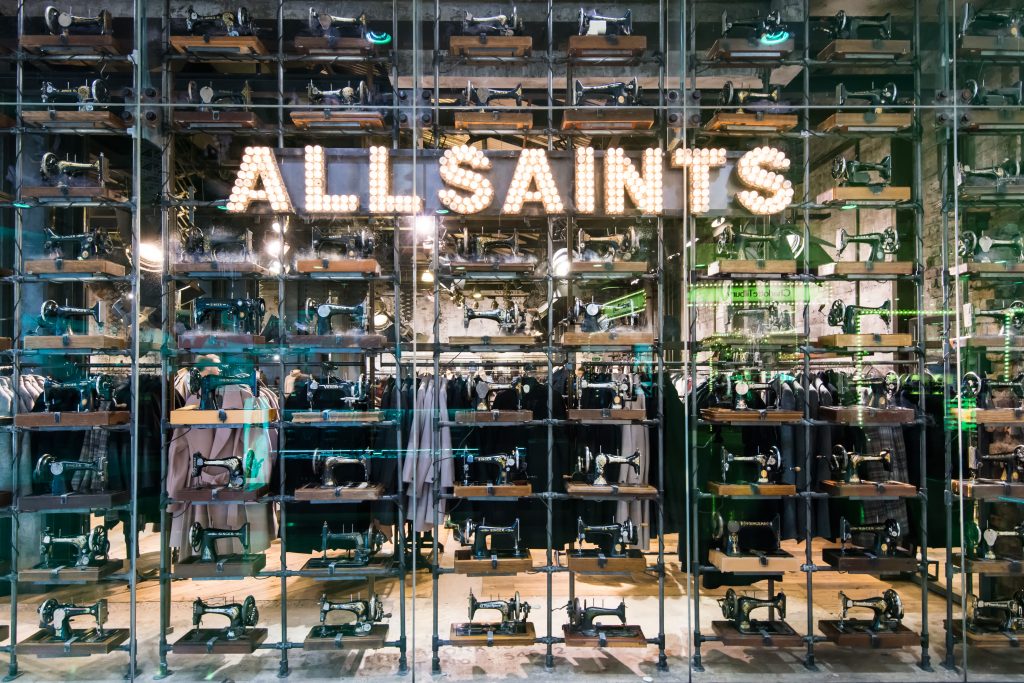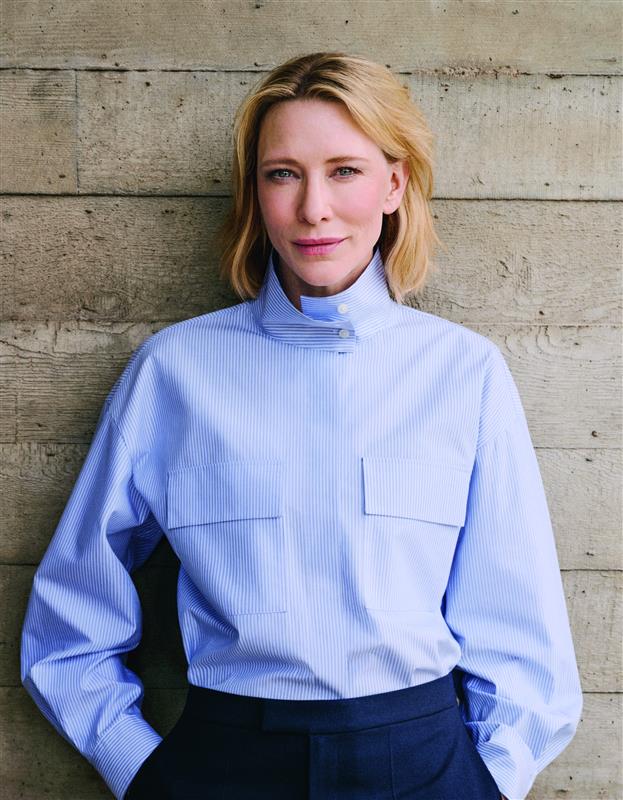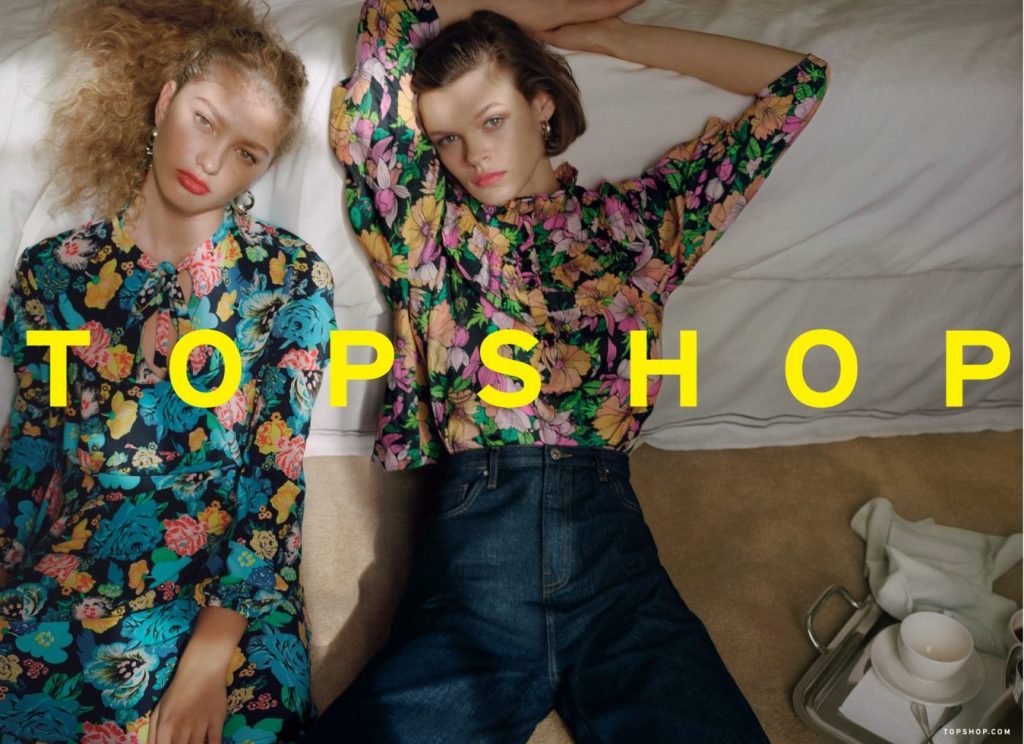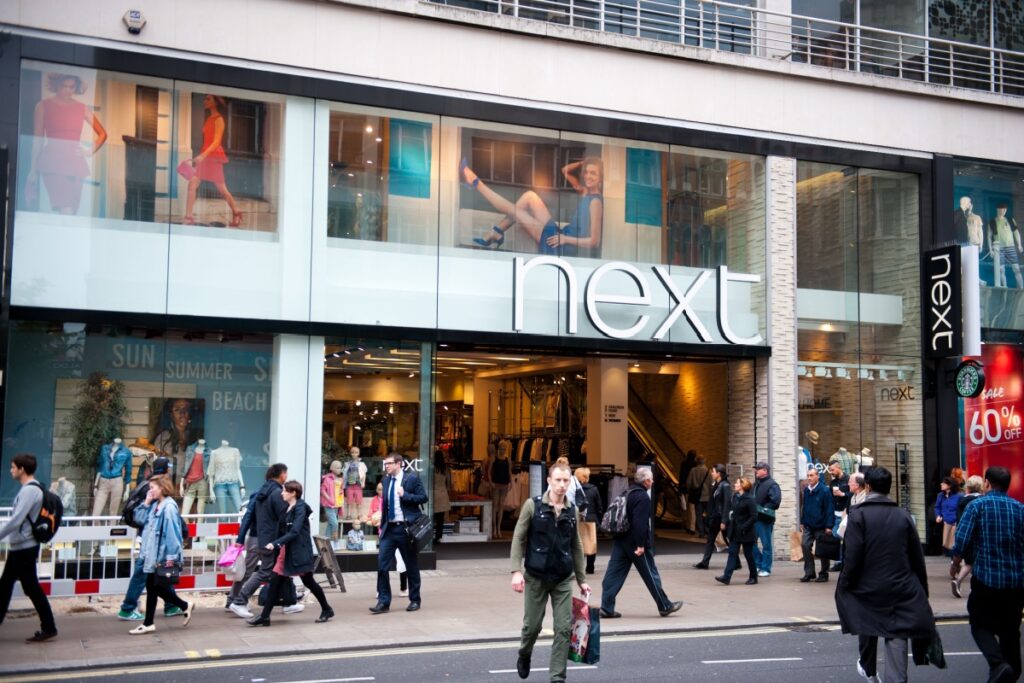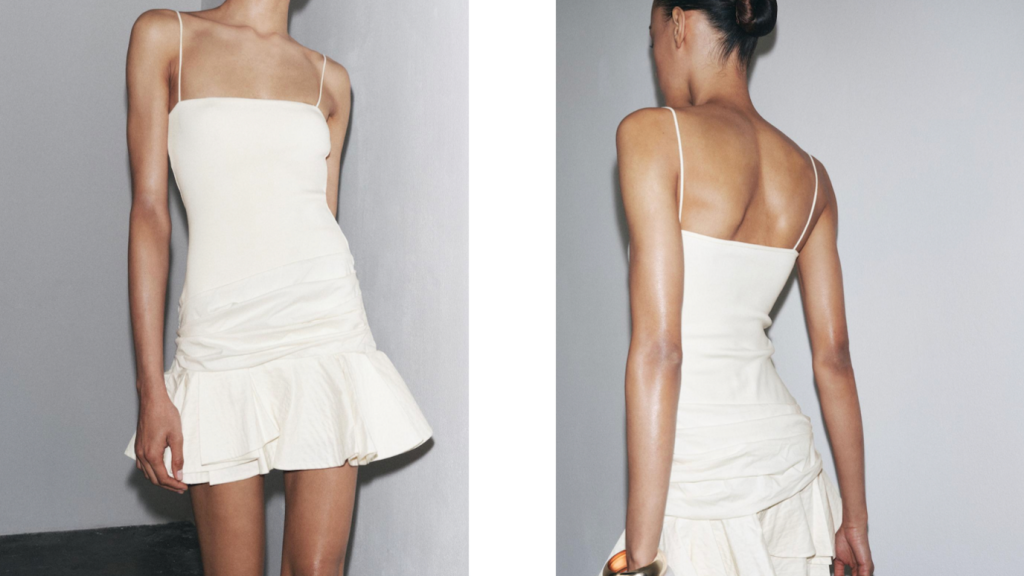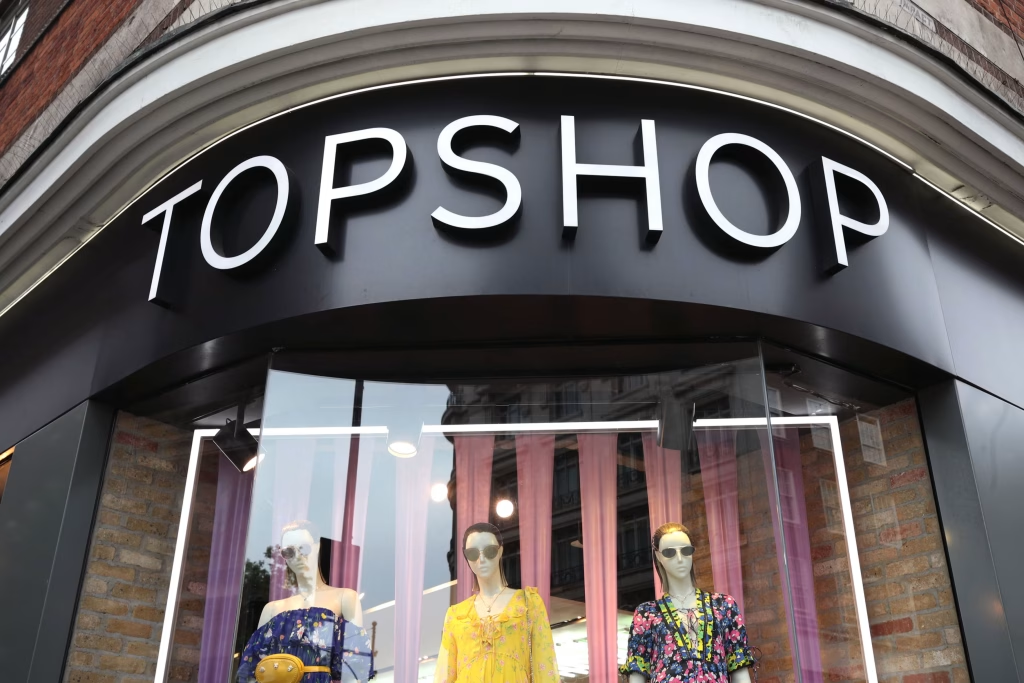With the news that Marc Jacobs‘ little sister fashion line, Marc by Marc Jacobs (MBMJ) will merge into his eponymous line, a question is posed; is this the end of diffusion lines?
Diffusion lines were originally designed to serve several designer purposes. It was hoped that by lowering price points and therefore becoming more affordable to a wider audience, it would increase awareness and sales volume by recruiting younger consumers.
At the same time, the designer would leverage the desirability of their premium range and create a halo effect while also solving the problem with high street stores copying their products and undercutting designer prices.
A host of brands have been quick to add diffusion lines to their collection and succeeded such as See by Chloe, Michael Michael Kors, Prada‘s Miu Miu, Versace‘s Versus and Victoria by Victoria Beckham.
In an interview with WWD however, CEO of Marc Jacobs Sebastian Suhl said Jacobs found that “fashion could exist at lots of different prices” and that the separation of price points between lines is becoming less relevant as the mixing of high and low price points becomes part of the fashion landscape.
Jacobs said, “I love that mix of things, that high and low, that rich and poor, all of those contrasts, the everyday and the extraordinary.”
MBMJ was founded in 2001, as a means of tapping into a younger demographic and drawing them into Marc‘s world. Katie Hiller and Luella Bartley were given creative control of the brand in 2013, selling both a men‘s and woman‘s youthful ready-to-wear line.
While Jacobs said that he had “absolutely enjoyed the last few seasons of the Marc by Marc Jacobs‘ young, cool, hip shows”, he added that it “just feels like we aren‘t doing that job by showing two different collections with two different messages”.
After looking at what MBMJ was initially designed and intended for, as well as “how it had gotten away from that,” Jacobs said the way to get it back “is that this is under one label.”
Jacob‘s proposal of a new merger between designers‘ diffusion and main lines, by combining the strengths of both lines into one, will help fashion houses to avoid diluting ideas and instead provide customers with a more focus and lucid retail experience, unifying and strengthening brand status.





